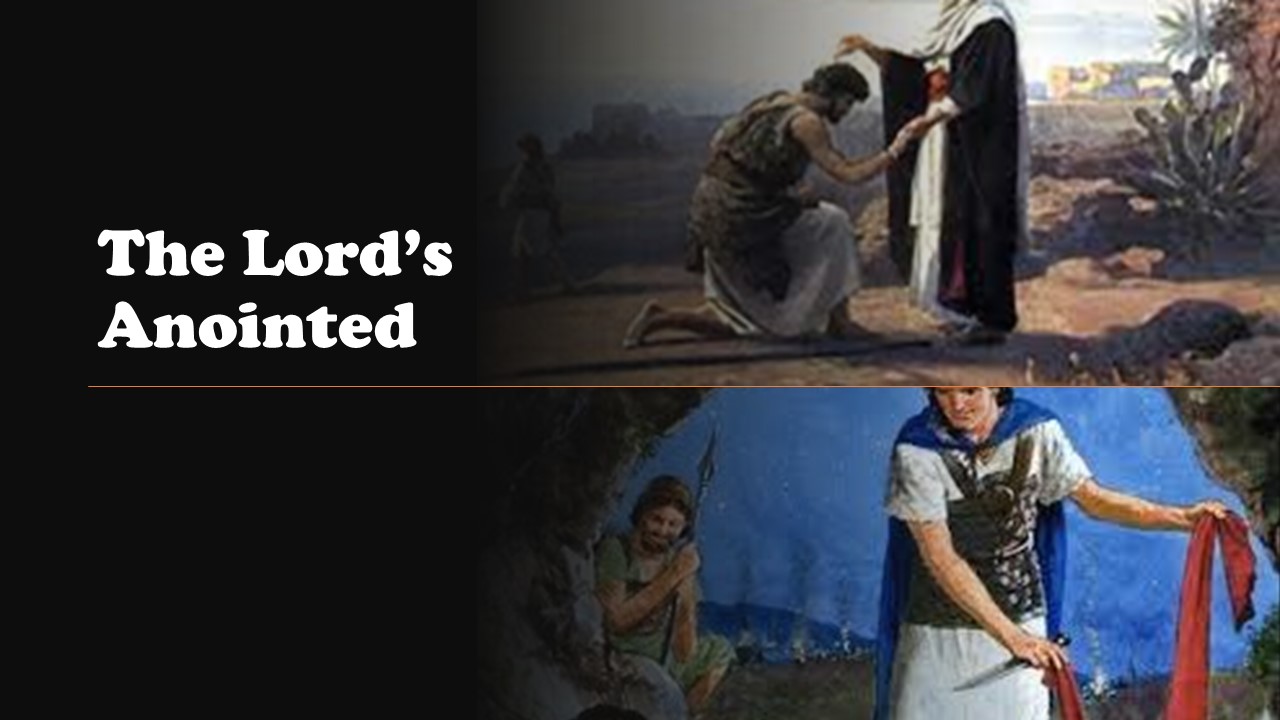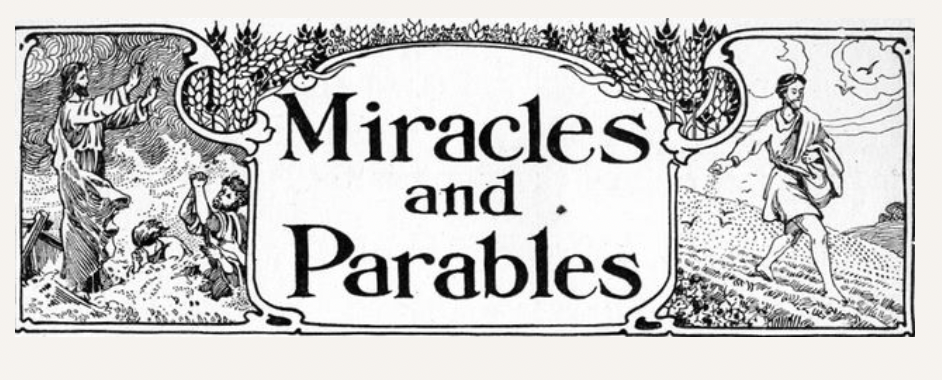1 Corinthians offers a profound look into the early Christian life, highlighting both the theological richness and the everyday challenges within the Corinthian church. This epistle is unique because it directly responds to the issues faced by the Corinthians, making it a dynamic and situational document rather than merely a theological treatise. Paul's use of metaphors—like comparing the church to a human body or describing Christian life using the images of farmers, builders, and athletes—helps relate profound divine truths in understandable terms. These metaphors not only illustrate Paul’s points but also engage us to reflect on our own spiritual lives in contemporary settings.
The famous passages of 1 Corinthians, such as Paul's description of love in chapter 13 or his teachings on the resurrection in chapter 15, have transcended their initial context to influence Christian thought, art, and practice throughout the centuries. They prompt us to ponder the nature of true love and the hope of resurrection, integrating these concepts into our daily lives and spiritual practices.
Lesser-known sections of 1 Corinthians, like discussions on head coverings or food offered to idols, though culturally specific, still offer valuable lessons on navigating cultural practices with a Christian ethos. They teach us the importance of respecting community and cultural sensitivities while maintaining a focus on the core of the Gospel.

Today’s episode highlights three stories from the book of 1 Samuel that foreshadow Jesus. It begins with the restlessness among the Israelites, who desire...

This is a BEST OF 1010 THRIVE replay episode from August, 2021. Luke writes about numerous miracles and parables of Jesus. A miracle is...

God has given us promises to provide us with comfort, encouragement, and reassurance during times of trouble. This episode includes a review of several...